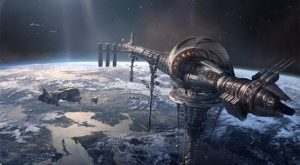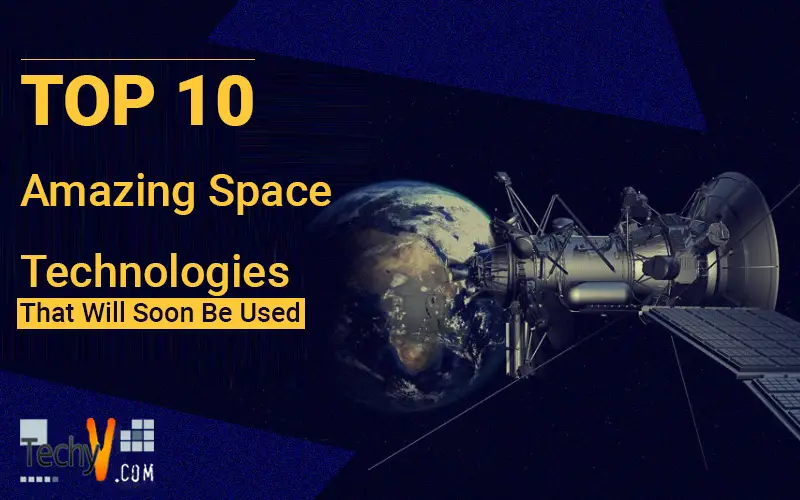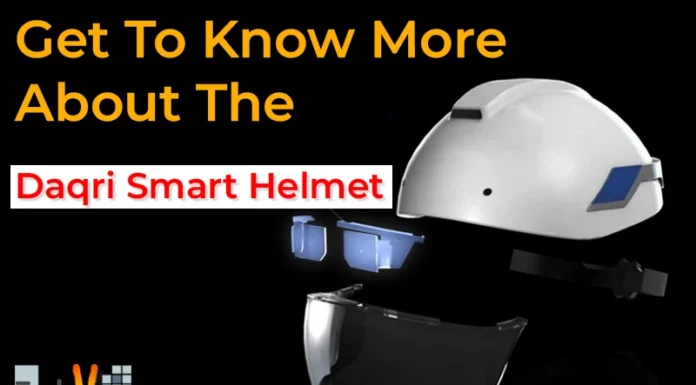- Artificial gravity:
Zero gravity in the space makes the everyday routine of the astronaut difficult. But we would see soon artificial gravity interestingly a possibility. Engineers know how to create artificial intelligence on space station through centripetal force. They have to spin the space station or aircraft, and people can walk on the walks. But it would work on a bigger space station as it would take less rotation. If the bigger space station is to build then its circumference should be larger than a football field, then artificial gravity from centripetal force would be possible.

- Free flying robot:
NASA’s Autonomous Extravehicular Robot Camera is projected that aims to develop a free-flying robot. The AERCam is free-floating Camera that will check the outside of the International Space Station and also to the areas that humans have the problem to access. It can take off, fly and land itself. It also would be able to avoid debris and other obstacles in the space. It is just a step forward, and later developments will have robots repairs and do maintenance.

- Suitport:
It is a pressurized vehicle that will have suits on outside and astronauts can climb through the back of the suits. This recovery is less expensive and smaller than traditional airlock as it would decrease decompression. It will also limit suit induced trauma and people have to spend less time in the spacesuit.
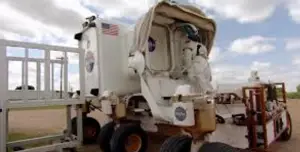
- The Magdrive Project:
It does not use traditional interlocking gears rather uses magnets with the same poles so the bearings can be pushed against each other. This will make moving the parts frictionless and eliminate the problem that may arise in gears like in the lubrication or wear or tear. If this works, it will revolutionize the space industry as it could be used in various aspects of mechanical tools like arms and wheels.
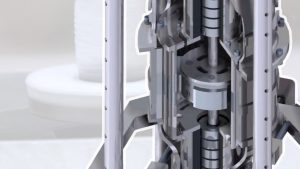
- Laser communication:
During the long space trips, the spacecraft can use the energy for something than radio transmission which would be incredible as there is no service station in space. The solution to the problem is to use a laser that would transmit back to Earth, which would enable the astronauts to send the videos and data at a rate of 10 to 100 times faster than radio transmission. It is expected that the first prototype to be used in 2017.

- Robonauts:
NASA along with General Motors have begun building dexterous, humanoid robot named Robonauts. The current phase allows the robot to be attached to a rover and comes with space legs. There is already a robonaut aboard the International Space Station and started doing limited work along with the human astronaut. The problem in the development of such robot is that the dexterity must be better than the gloved human robots, but the technology isn’t that sophisticated yet.

- Cleanspace One:
In an attempt to clean up the space, The Swiss Federal Institute of Technology has developed the Cleanspace One which would be a custodian in the outer space. It has been used twice to take down the two Swiss satellite. It is a small box with a claw which is used to grab the object and tow it down to the Earth in a controlled descent manner. The major complexity involved is catching the object at the exact trajectory which is tricky. If that is done properly, the object can break down into more pieces or may break the Cleanspace One itself turning custodian into the garbage.

- Deflector Sheilds:
Rutherford Appleton Laboratory in the UK is working on a mini-magnetosphere which can be a solution to stop radiation at some time will keep the spacecraft light enough. The term “magnetosphere” is well known as Deflector Shield in Sci-Fi movies. This will make an environment that imitates the Earth magnetic field around the ship, thus protecting the astronauts from radiation.
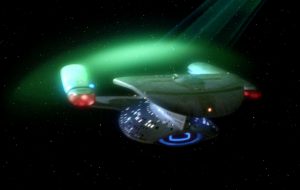
- Synthetic Biology:
Using the synthetic biological process, the astronauts can use the gasses and minerals from the alien atmosphere and also with its soil, and human waste can make their food, fuel medicine and other materials needed for survival. This has an infinite number of possibilities.

- Space Elevator:
It will have a space station on the top and can reach to a height of 59,652 miles into orbit. It could even reach higher than where the International Space Station is i.e. about 205 miles above the Earth. It can use maglev, which magnetic linear motor used in high-speed trains. The biggest advantages are that it would save the cost of shipping the cargo to space.
